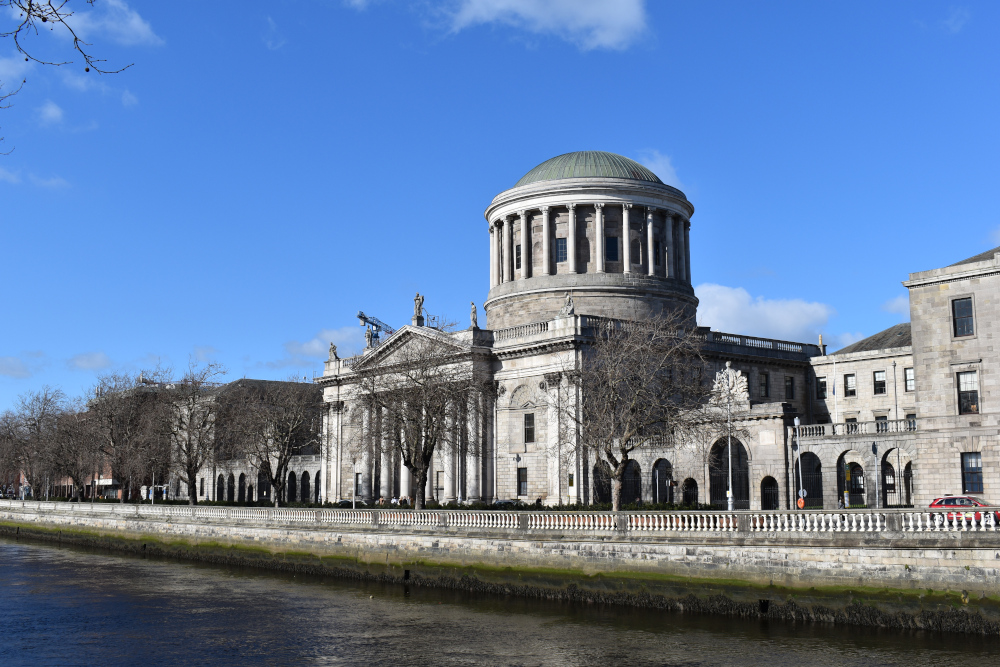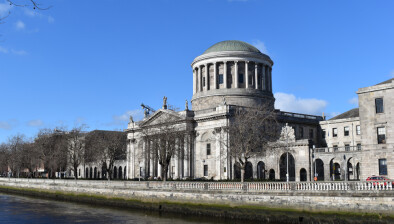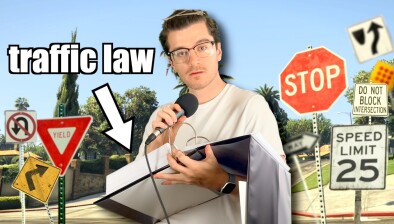High Court: Gardaí at fault for collision with civilian vehicle during attempted ‘compliant stop’

The High Court has found that gardaí did not have adequate regard to the An Garda Siochána Code when attempting a ‘compliant stop’ of a civilian vehicle which resulted in a collision.

About this case:
- Citation:[2024] IEHC 266
- Judgment:
- Court:High Court
- Judge:Mr Justice Tony O'Connor
Delivering judgment for the High Court, Mr Justice Tony O’ Connor stated that “the court finds that no satisfactory explanation was offered about having to stop the plaintiff before the roundabout rather than allowing the plaintiff to proceed through the roundabout. In the context of the Code, it was not imperative to take the risk as was undertaken on the night of 25 September 2018.”
Background
On 25 September 2018, the plaintiff’s car collided with an Garda ‘Armed Support Unit’ Audi Q7 vehicle as he approached a roundabout, causing him to sustain personal injuries. The plaintiff claimed that he did not see the flashing lights of the Garda vehicle behind him, stating that the Garda vehicle cut in on his path and caused the front right side of his car to hit the left back wheel of the Garda vehicle.
A question arose as to whether the Garda vehicle was driven with sufficient care and attention by Garda Walshe. The gardaí described how they had received information in respect of an aggravated burglary and were following two suspect vehicles, one of which was the plaintiff’s. Garda Walshe explained the training given to gardaí in respect of driving high-powered vehicles, and stated that he had initiated a ‘compliant stop’ in order to stop the plaintiff.
Following a hearing in the Circuit Court, the matter was appealed to the High Court.
The High Court
Mr Justice O’Connor noted at the outset that it was “unfortunate that any form of compliant stop had to be initiated” as the two suspect vehicles had not been involved in the burglary.
The court was satisfied that the plaintiff had acted in a “reasonably quick manner to the unorthodox driving of the Audi Q7. The court does not find any recklessness or negligence on the part of the plaintiff in his driving coming up to the roundabout given the direction in which he was intending to proceed” and further found it “understandable for the plaintiff not to have noticed the flashing lights on the Audi Q7 given the short time that it had been behind him and that it came from his right rear side”.
The judge considered that the gardaí had offered no satisfactory explanation as to why they needed to stop the plaintiff before the roundabout, and that in the context of the Garda Síochána Code, “it was not imperative to take the risk as was undertaken on the night of 25 September 2018.”
Referring to Hayes v. Minister for Finance [2007] 3 IR 190, Mr Justice O’Connor set out paragraph 22 of that judgment:
“In Noel v Botkin (1995) 9 B.C.L.R. (3d) 21 the same court summarised the question to be asked in assessing the conduct of police officers during pursuit is to enquire: ‘[W]hether they, viewed objectively from the view point of a reasonable police officer, acted reasonably and within the statutory powers conferred upon them. In considering that question, the court must take into account that officers will be expected to perform the duties imposed on them by statute and to comply with policies adopted by the force to which they belong. A failure to comply with policy will not necessarily constitute negligence, nor will an error in judgment. Officers are exempted from compliance with certain traffic rules, provided they meet the requirements of section 118 of the Motor Vehicle Act. There must be a recognition that officers are required to exercise judgement in balancing the competing interests of arresting wrongdoers and protecting citizens.’”
The court confirmed that there was no causation issue in the appeal before it and no dispute that the gardaí owed a duty of care owed to the plaintiff, rather it was tasked with reviewing competing interests and the application of paragraphs 35.39(2) and (3) of the Code concerning chasing escaping vehicles and stopping escaping vehicles.
Emphasising that “hindsight was not available to the occupants of the Audi Q7 and this Court seeks to place itself in their position without the benefit of hindsight”, the court nonetheless found that “no adequate regard was had to the advice that ‘it is better to tail the suspect…’” as per paragraph 35.39(3) of the Code nor was regard had to the conditions presenting before the roundabout at which the collision occurred.
Conclusion
Mr Justice O’Connor concluded that in the circumstances the defendant was liable for the collision, and having found inter alia that the Garda vehicle had occupied the plaintiff’s blind spot and that the plaintiff was not contributorily negligent for having failed to observe and accommodate the Garda vehicle, the court awarded him damages totalling €10,070.
Pawel Galazka v. The Minister for Public Expenditure and Reform [2024] IEHC 266








